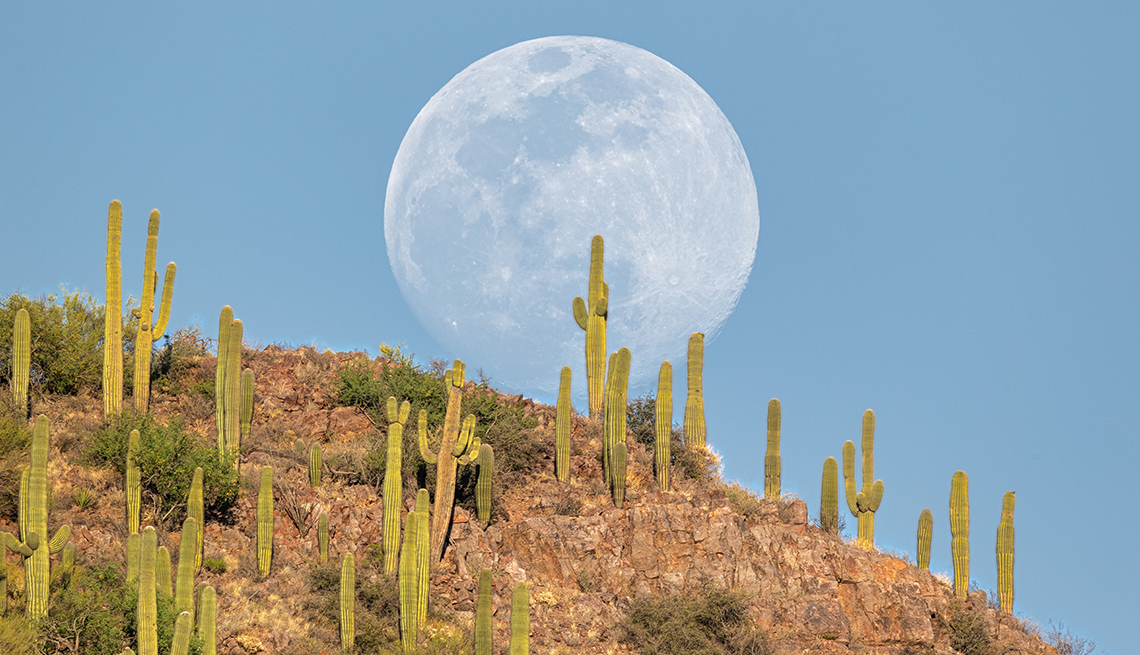Embrace your inner scientist at u. S. National parks | members only access
Embrace your inner scientist at u. S. National parks | members only access"
- Select a language for the TTS:
- UK English Female
- UK English Male
- US English Female
- US English Male
- Australian Female
- Australian Male
- Language selected: (auto detect) - EN
Play all audios:
If you are planning a trip to a national park and would like to help out with environmental research, consider pitching in as a citizen scientist. Often, all you need is a cellphone and
natural curiosity, and you can help scientists and naturalists gather vital data about the area. “We can’t do all the research that needs to be done without the help of ordinary citizens,”
says Seth Benz, bird ecology program director for the Schoodic Institute at Acadia National Park in Maine. Benz orchestrates citizen science efforts to document and protect the park’s
biodiversity. Citizen science allows park managers and scientists to collect more data than they could on their own to answer real-world questions. Tapping into volunteer citizen
scientists, parks can crowdsource data collection to help them determine when certain plants start to flower or if specific invasive species are in a park. Citizen science projects may be
run by a national park or an education-focused partner. Most national parks offer some type of citizen science program. Some projects involve checking in at a nature center or signing up
beforehand. Current projects and requirements are listed on nps.gov, scistarter.org and citizenscience.gov. Another way to get involved is through iNaturalist, a free mobile app (on Google
Play and iOS) where visitors can share what they see or hear in the wild — including plants, insects and birds. The app identifies objects by name and tags the time and location of each
observation. Users can easily upload a photo or sound recording from a hiking trail or scenic overlook, and this information can contribute to ongoing scientific studies. Nature’s Notebook
(on Google Play and iOS) is another free app that partners with the park service to connect people to citizen science projects and tracking opportunities. “I recommend just staying in one
spot and kind of letting life come to you. Watch things living their own lives,” says Tony Iwane, community and support coordinator for iNaturalist. “Every observation represents at least a
few seconds of someone noticing, stopping and caring about an animal or plant or fungus or bacteria.” Now is a great time to get involved since April is Citizen Science Month. Here are five
national parks where you can be a citizen scientist. Main Photo: Anand Goteti/Getty Images; Inset Photo: Dina Rudick/The Boston Globe via Getty Images 1. ACADIA NATIONAL PARK, MAINE Acadia
National Park works with the Schoodic Institute on citizen science projects such as counting birds that fly over Cadillac Mountain during fall migration. Year-round, visitors can help
measure the success of restoration efforts and monitor for invasive insects and plant species. GET INVOLVED: Stop in the Sieur de Monts Nature Center to ask for the handout that lists the
10 most unwanted invasive species at Acadia. From here, start an easy 1.5-mile hike on Jesup Path and Hemlock Path Loop. To participate, simply snap photos of any invasive species you see
with the iNaturalist app. “Our newest effort is an early detection system for the park. We’re having people home in on the idea of invasives,” Benz says. One such invasive species is the
hemlock woolly adelgid, an aphid-like insect that feeds on hemlock trees and depletes them of nutrients, causing them to die. A rise in temperature over the years has caused these insects to
move east into Acadia National Park where hemlocks are a source of food and shelter for wildlife.
Trending News
When remote learning goes wrong: zoom classes for preschoolers can be extra burdens on parents who just want refunds2010-11 (Combined average): 6.19%Best year: 2007 (9.23%)Worst year: 2009 (3.15%)When the recession was at its worst, the...
The aarp minute: march 23, 2022Memorial Day Sale! Join AARP for just $11 per year with a 5-year membership Join now and get a FREE gift. Expires 6/4 G...
The page you were looking for doesn't exist.You may have mistyped the address or the page may have moved.By proceeding, you agree to our Terms & Conditions and our ...
A world off balance | thearticleCoronavirus has now spread, from the food markets of Wuhan to the stock markets of the world. Late on Monday afternoon, ...
Javascript support required...
Latests News
Embrace your inner scientist at u. S. National parks | members only accessIf you are planning a trip to a national park and would like to help out with environmental research, consider pitching ...
Hs307 non-resident capital gains on direct and indirect disposals of interest in uk land and property (2022)* HM Revenue & Customs Guidance HS307 NON-RESIDENT CAPITAL GAINS ON DIRECT AND INDIRECT DISPOSALS OF INTEREST IN UK ...
John hume's mixed legacy | thearticleIt’s difficult, as a unionist, to write about John Hume’s life with complete equanimity. The former SDLP leader, who was...
The page you were looking for doesn't exist.You may have mistyped the address or the page may have moved.By proceeding, you agree to our Terms & Conditions and our ...
How you can stop illegal robocallsBANK PROBLEMS. Criminals pretend to be from your bank and tell you there’s a problem with your account or there’s been a...
